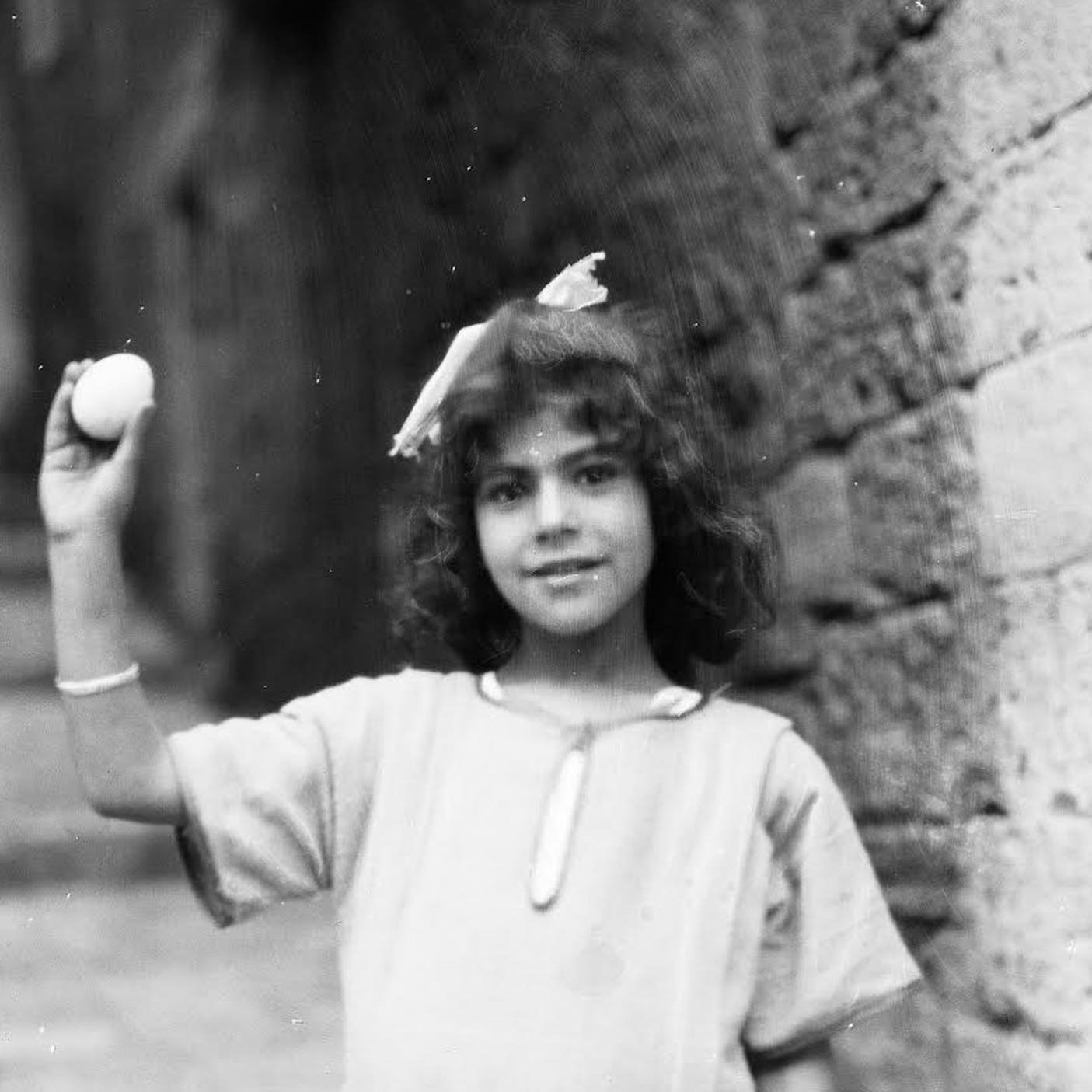Eastern orthodoxy, Nationalism and the ‘Holy Land’
INALCO | Paris, France | June-July 2022 + ONLINE University of GroningenAfter the First World War, Dutch photographer Frank Scholten traveled to Palestine and stayed there for 2 years, with the aim of producing an 'Illustrated Bible'. However, traveling to numerous locations and adopting a documentary approach, with particular attention to religious groups and ethnography, he offers us a rare glimpse of scenes of everyday modernity in Palestine from the early 1920s, to the eve of the British Mandate.
The lens of his camera captures the complex mosaic of Eastern Mediterranean communities grappling with competing nationalisms, as well as, for Eastern Christian communities, the interactions between Orthodox Arab communities, Greeks living in Palestine and Greeks in Greece before the exchanges of population.
Although politically non-homogeneous, the community of Orthodox Christian Arabs in Palestine was actively engaged alongside Muslim Arabs in the nascent Arab nationalist movement. This alliance gave rise to a series of interesting debates, such as those which surrounded the reform movements with a view to the Arabization of the Orthodox Patriarchate of Jerusalem. It was accompanied by rapid cultural changes: secularization, a significant increase in publishing houses (often owned and run by Christians), participation in historically Muslim festivals like Nabi Musa, the instrumental role of the Orthodox community in the creation of nationalist newspapers Arabs and significant Orthodox representation in the cultural sector in particular (literature production and in the visual arts).
related projects
Frank Scholten : Photographing Palestine - Film
Frank Scholten: Archaeology and Tourism in the ‘Holy Land’ - Exhibition
Imaging and Imagining Palestine: Photography Modernity and the Biblical Lens, 1918-1948 - Book




